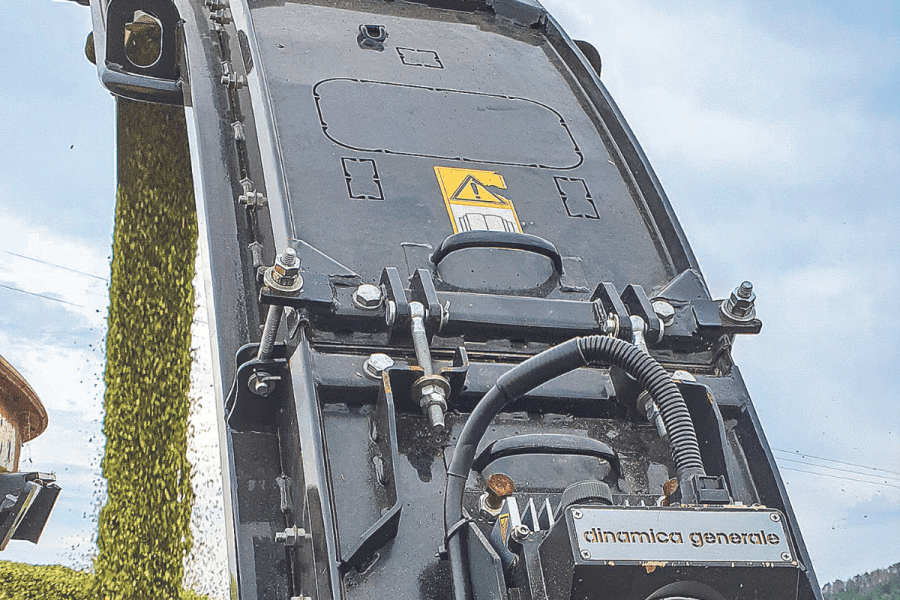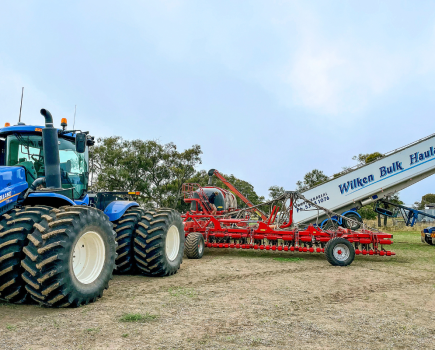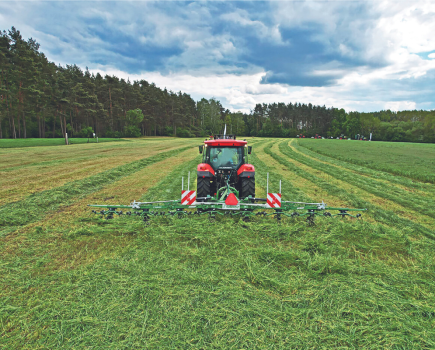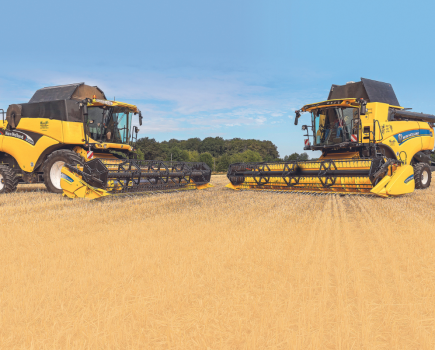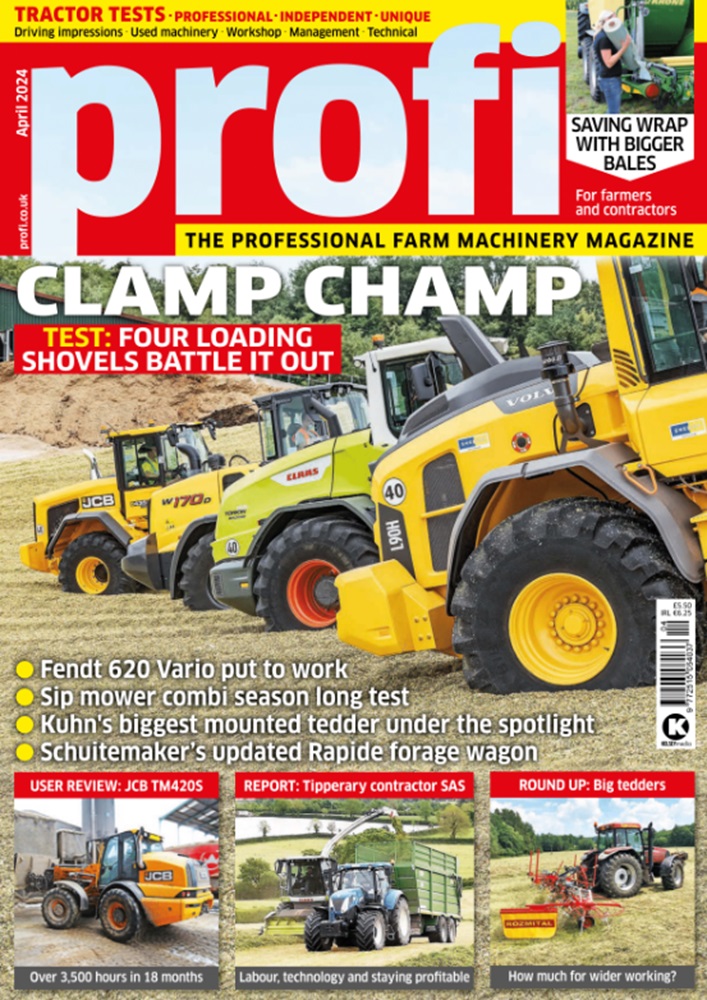TECHNICAL: The DigiMilch field project investigated the performance of forager-mounted NIRS units to see how accurate the data really is. Here are the results.
There’s a lot of hype around the topic of NIRS (near-infrared spectroscopy) sensors — particularly on a forage harvester, where the data created can be used to help with decision making … from how the actual field is performing to fertiliser use and the potential make-up of the harvested forage.
In order to see just how accurate these NIRS systems are, nine farms within the Bavarian region of Germany worked with four different makes of forager (Claas, John Deere, Krone and New Holland) fitted with the technology as part of the research being carried out by the DigiMilch project — see the panel on the next page titled ‘The DigiMilch Project’ for more details on the background to the work being carried out. The focus of the research project was not to compare the different makes but evaluate the accuracy of the different sensor systems on the market. These were tested in a wide range of harvesting conditions — in grass as well as maize silage and other farm-grown feeds such as clover and lucerne.
For more up-to-date farming news click here and subscribe now to profi and save.

